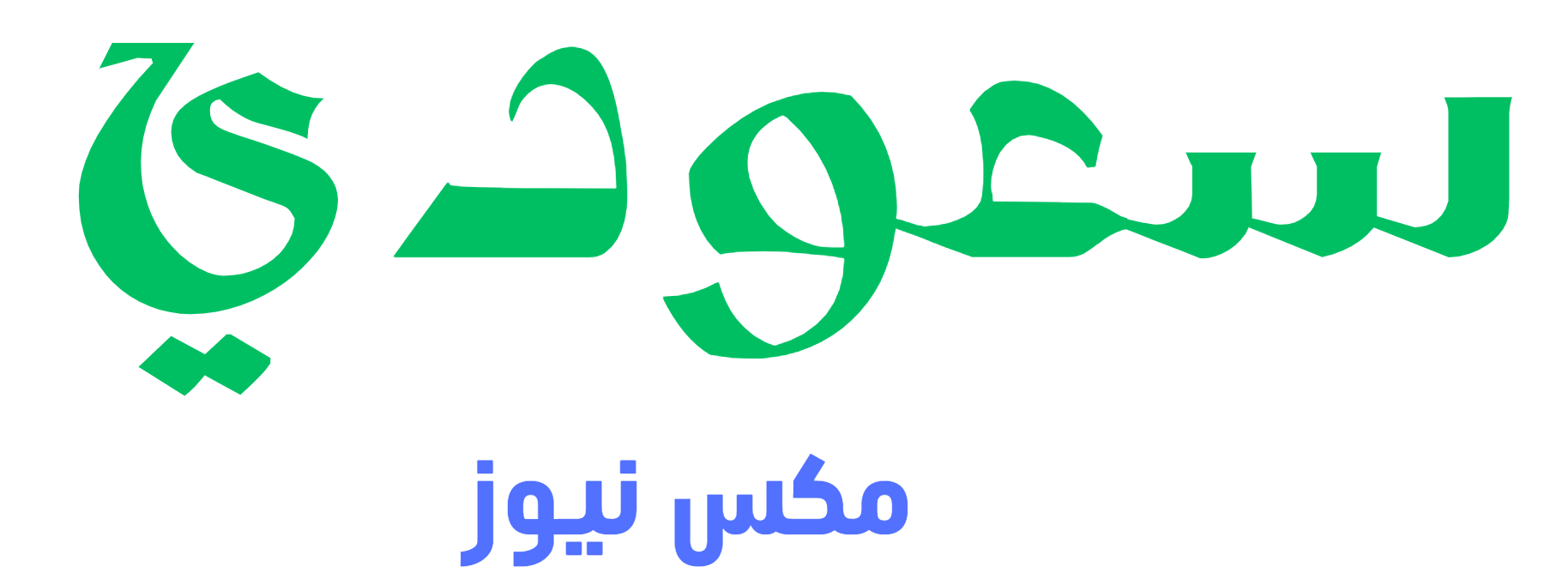Aramco Secures 397 Million Dirham Contract for the Construction of “Rove Al Jada”
By [Your Name], [Date]
In a significant development highlighting the diversification of investments in the Middle East, Saudi Aramco, the world’s largest oil producer, has reportedly signed a major contract worth 397 million UAE dirhams (approximately $108 million USD) for the construction of “Rove Al Jada,” a high-profile real estate and hospitality project. This move underscores Aramco’s expanding footprint beyond the energy sector, venturing into infrastructure and tourism-related developments.
The Deal in Detail
The contract, which was finalized in recent weeks, involves the design, construction, and potential management of “Rove Al Jada,” a modern mixed-use development located in a prime area of Dubai, United Arab Emirates. While exact details of the project remain partially under wraps, sources indicate that “Rove Al Jada” is poised to be a luxurious hotel and residential complex, featuring state-of-the-art amenities such as smart buildings, green spaces, and commercial retail spaces. The project aligns with Dubai’s ambitious urban expansion plans, aiming to enhance its status as a global hub for tourism and business.
Aramco, traditionally focused on oil and gas exploration, has been actively diversifying its portfolio in recent years amid global calls for sustainable energy transitions. This contract marks one of the company’s boldest steps into the construction and real estate sectors, potentially signaling a strategic partnership with local UAE developers. The 397 million dirham figure covers initial phases of the project, including site preparation, architectural design, and foundational work, with completion expected within the next 2-3 years.
Background on Aramco and the Project
Saudi Aramco, officially known as Saudi Arabian Oil Company, is a state-owned entity that has dominated the global energy market for decades. With annual revenues exceeding hundreds of billions of dollars, the company has been channeling funds into non-oil ventures to reduce dependency on fluctuating oil prices. “Rove Al Jada” is believed to be a collaboration with Rove Hotels, a popular brand in the UAE known for its affordable luxury accommodations. The name “Al Jada” likely refers to the Al Jaddaf area in Dubai, a rapidly developing waterfront district renowned for its cultural and recreational attractions.
This project comes at a time when the UAE is witnessing a surge in infrastructure investments, driven by initiatives like Dubai’s Expo 2020 legacy and Vision 2030 plans. “Rove Al Jada” is expected to contribute to this growth by creating jobs, boosting tourism, and fostering economic ties between Saudi Arabia and the UAE. According to industry experts, such cross-border deals could pave the way for more integrated Gulf Cooperation Council (GCC) projects, promoting regional stability and shared prosperity.
Economic and Strategic Implications
The 397 million dirham investment is more than just a construction deal; it represents a strategic pivot for Aramco. By entering the UAE’s booming real estate market, Aramco is diversifying its revenue streams and mitigating risks associated with the volatile energy sector. Analysts suggest that this could be part of a broader strategy to invest in sustainable and tech-driven projects, including those aligned with environmental, social, and governance (ESG) standards.
For the UAE, the project is a welcome boost to its construction industry, which has been recovering from the impacts of the COVID-19 pandemic. It is estimated that the development will create several hundred jobs in engineering, architecture, and hospitality sectors. Furthermore, “Rove Al Jada” could attract international tourists and investors, enhancing Dubai’s competitive edge against other global cities like Singapore and London.
However, the deal is not without challenges. Rising construction costs, supply chain disruptions, and regulatory hurdles in the UAE could delay timelines. Additionally, Aramco’s involvement raises questions about how its core business—oil production—aligns with global sustainability goals, especially as the world shifts toward renewable energy.
Looking Ahead
As “Rove Al Jada” moves from planning to execution, it symbolizes the evolving economic landscape of the Middle East. Aramco’s foray into this project could inspire similar investments from other energy giants, blending traditional industries with modern urban development. Stakeholders will be watching closely to see if this deal yields the expected returns and sets a precedent for future collaborations.
In conclusion, the signing of this 397 million dirham contract is a testament to the interconnectedness of the GCC economies and the potential for cross-sector innovation. If successful, “Rove Al Jada” could become a landmark in Dubai’s skyline, while reinforcing Aramco’s role as a multifaceted global player. Stay tuned for updates as construction progresses and more details emerge.

تعليقات